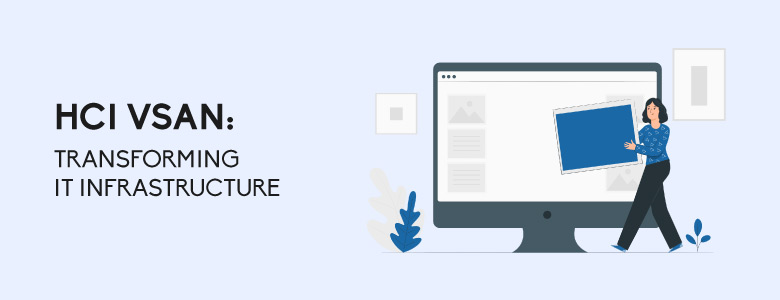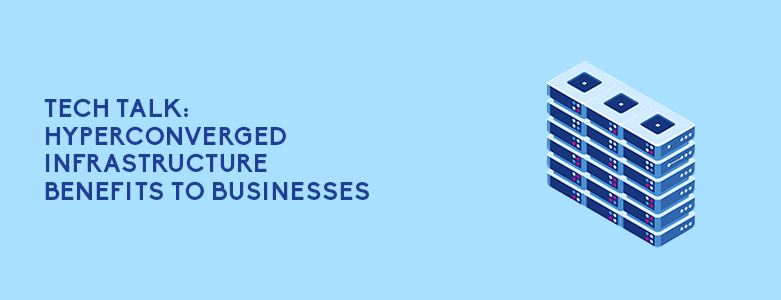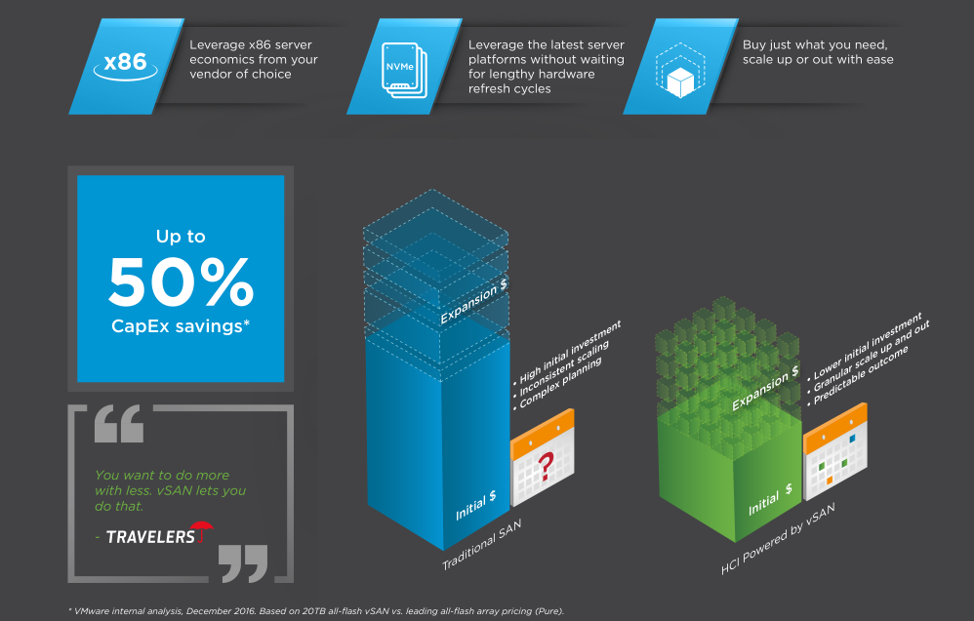HCI vSAN: Transforming IT Infrastructure

Hyperconverged Infrastructure (HCI) has changed the way IT systems are set up by combining computing power, storage, and networking into one simple solution. VMware’s HCI vSAN is a leading example of this technology, offering a complete solution for modern IT needs. Let’s delve deeper into the main features of VMware vSAN, what makes it stand […]
Tech Talk: Hyperconverged Infrastructure Benefits to Philippine Businesses

Today’s technologies are enabling companies to operate their business in ways that would not have been possible a few years back. This, however, has created a lot more complexity within the traditional infrastructure and can drive the costs higher if not addressed. If your business has been experiencing this very issue, you might have come […]
VMware vSAN: The Key Benefits

Our ever-changing marketplace has been forcing organizations to adapt constantly to ensure that they stay competitive, this is more prevalent in an organizations IT. This has brought them to the public cloud to try and increase their business agility while at the same time lowering their costs, but due to data governance, risk mitigation and […]
